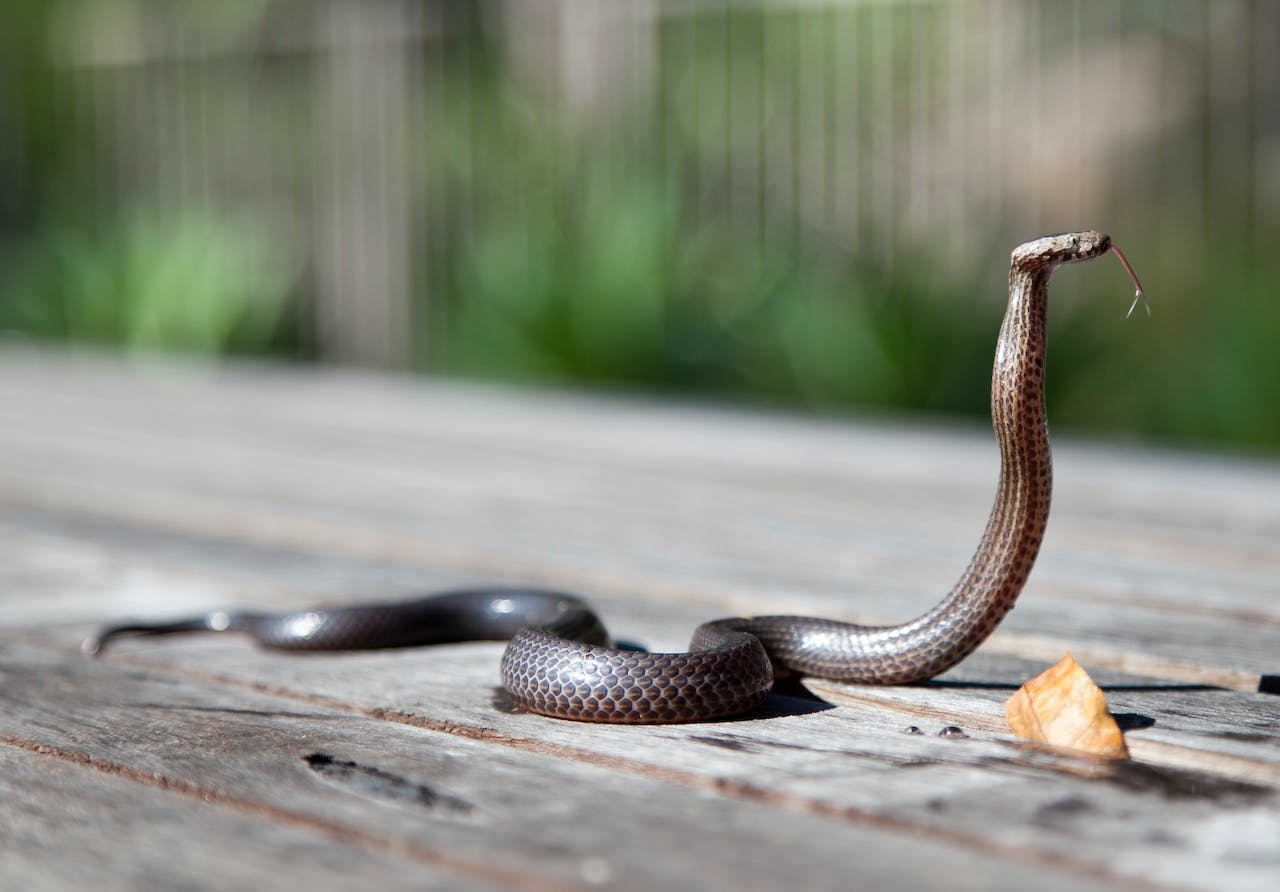Encounters with dangerous wildlife at home can be anxiety-inducing. Whether it’s a venomous snake, menacing scorpion, or bold raccoon, safely managing these unexpected visitors requires careful consideration. This article explores essential protocols for secure removal, ensuring the well-being of both occupants and animals.
Discerning the Peril
The initial step in addressing the presence of a hazardous animal in your abode is the accurate identification of the species. It is not uncommon for innocuous creatures to be misconstrued as threats. Rely on a reputable field guide, seek guidance from a local wildlife expert, or employ a dependable identification application to differentiate between venomous and non-venomous specimens.
Avoid Antagonism and contact wildlife services
Such provocations can elicit feelings of insecurity in the animal, potentially exacerbating the situation. When a wild animal feels threatened, it may resort to defensive behaviors that can put both humans and the animal at risk.
Engaging professional wildlife removal services can help ensure a calm and non-threatening approach, which is crucial in these situations. Understanding the animal’s perspective and minimizing stress is key to preventing unpredictable reactions during the removal process.
Safeguarding Family and Pets
The primary and overriding consideration should be the well-being of your family and pets. Isolate them in a secure location, removed from the vicinity of the animal, ensuring they are shielded from any potential harm.
In the case of young children, it is imperative to take extra precautions by not only keeping them at a safe distance but also explaining the significance of refraining from approaching the animal, instilling in them a deep understanding of the potential risks involved.
Enlist Professional Assistance
In the majority of instances, it is judicious to enlist the services of a professional wildlife removal agency or an accredited animal control organization to address the situation. These experts possess the requisite expertise, training, and equipment to safely eliminate dangerous animals from your premises. Attempting self-removal can entail substantial risk.
Fortify Entry Points
Inspecting and reinforcing the potential entry points post-removal is a crucial post-incident measure. Assess your home meticulously, addressing gaps in doors, windows, vents, and structural vulnerabilities.
This proactive approach not only safeguards against the return of unwelcome guests but also promotes long-term cohabitation harmony between humans and wildlife, ensuring the security and sanctity of your living space.
Confronting Serpents
When grappling with venomous snakes, exercising extreme caution is paramount. Participating in direct manipulation is discouraged, as even a minor mistake can result in substantial consequences. Instead, maintain a safe distance, ideally behind a secure barrier, and promptly summon professional snake removal services.
In regions where venomous snakes are prevalent, contemplating the installation of snake-proof barriers, such as fencing or seals on entry points, can be a proactive and life-saving preventive measure. Implementing these precautionary measures can substantially diminish the likelihood of snake encounters within your residence.
Managing Insects and Arachnids
Concerning perilous insects like scorpions or wasps, it is prudent to engage the services of a certified pest control provider.
These specialists possess the expertise to not only safely eradicate the infestation but also offer invaluable guidance on implementing preventive measures to thwart future occurrences. Their knowledge extends to understanding the behavioral patterns and habitats of these insects, allowing for a more comprehensive and effective pest management strategy.
Addressing Larger Mammals
Large mammals such as raccoons or coyotes can pose threats to property and personal safety. In such situations, it is imperative to reach out to your regional animal control or wildlife management agency.
These experts will conduct a comprehensive assessment of the situation, devising a safe and humane removal strategy. This not only safeguards your property but also minimizes potential risks for all involved parties, ensuring a harmonious coexistence between humans and wildlife within their respective habitats.
Abstain from Lethal Traps
It is of utmost importance to abstain from utilizing lethal traps or toxic substances, as these methods can inflict unnecessary suffering and are frequently deemed inhumane. Furthermore, they may be prohibited by local regulations in many regions.
The use of such methods not only endangers the welfare of the animals but also poses risks to children, pets, and even unintended targets, making them not only inhumane but potentially hazardous and legally questionable.
Prioritizing humane and ethical wildlife management practices is both responsible and compliant with regulations, promoting coexistence and ecological balance.
Reverence for Wildlife
Bear in mind that these animals are merely seeking refuge, sustenance, or a secure environment for raising their young. Frequently, their presence is a consequence of human intrusion into their native ecosystems.
Approach the situation with empathy and reverence for the wildlife with which you share your surroundings, recognizing that responsible coexistence involves minimizing conflicts and promoting their well-being within the ecosystem.
Conclusion
Dealing with dangerous animals at home can be unsettling, but safety for both humans and animals is paramount. Following these guidelines ensures a safe and humane removal process. It’s wise to rely on professionals with the expertise and resources for the job. Your primary duty is to protect your family and pets while respecting the wildlife you share your space with.
